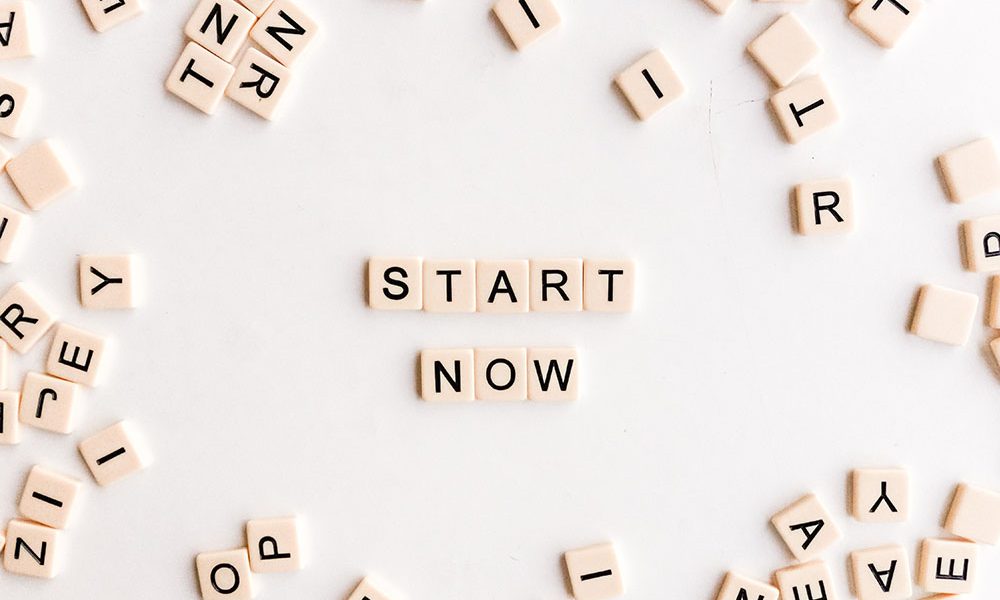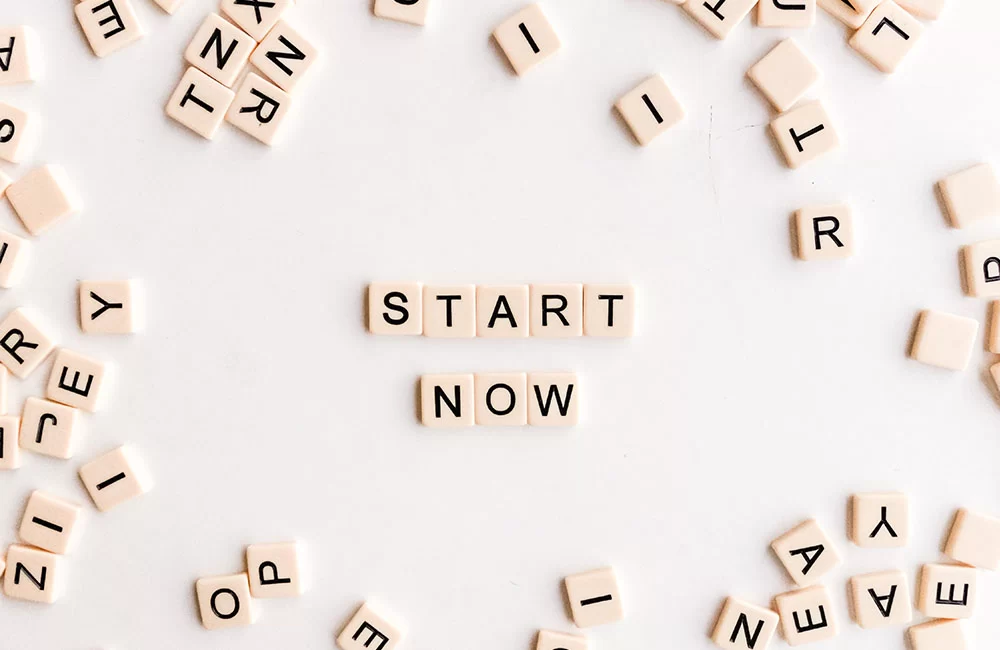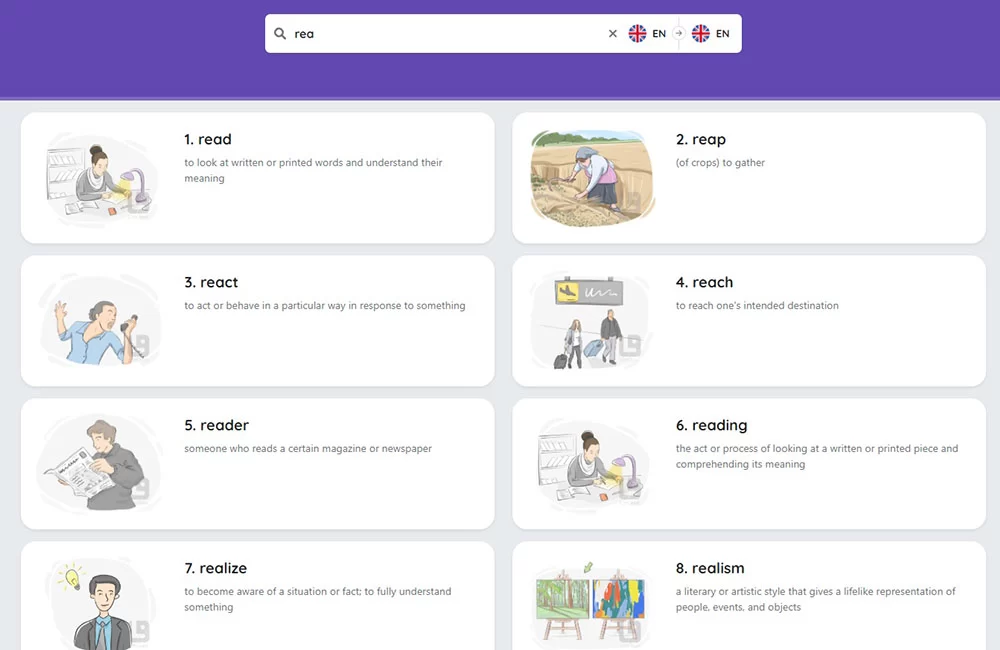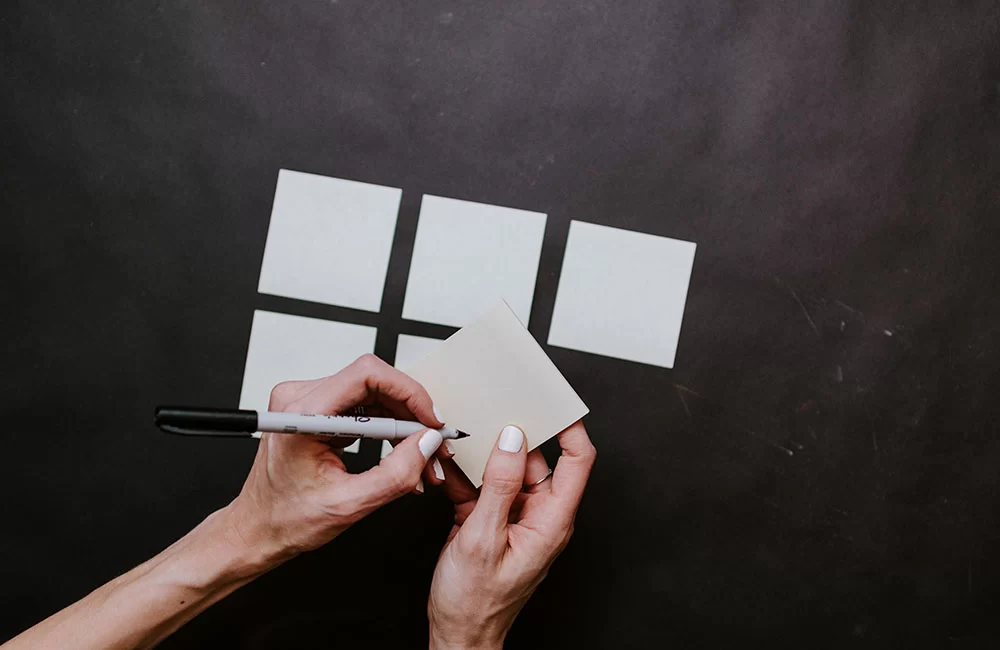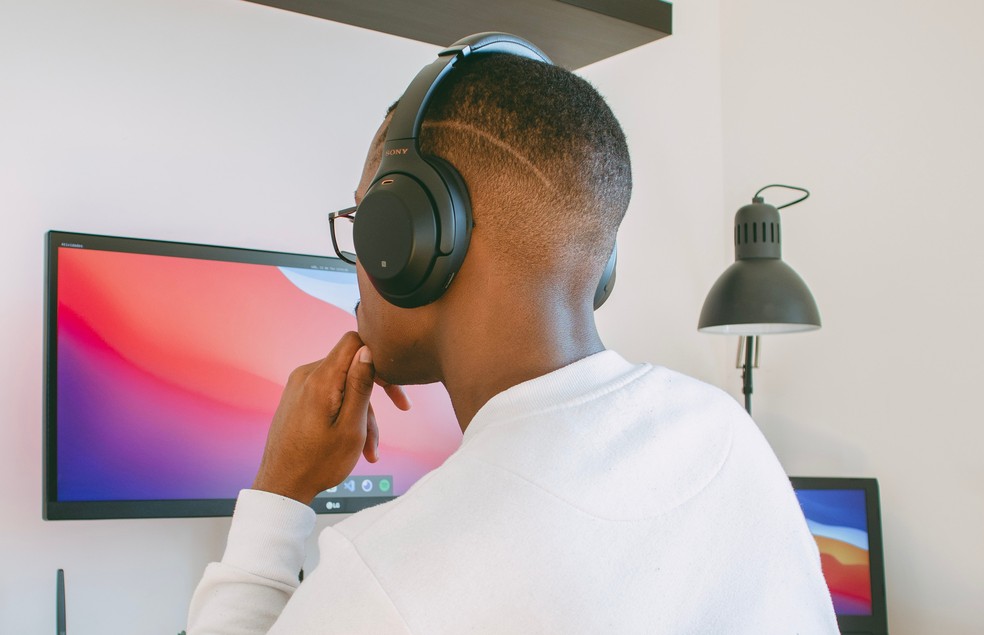For every learner who wants to learn a new language, developing vocabulary is one of the most important skill they must acquire. You should not merely concentrate on memorizing vocabularies. That won’t work in the long term.
One of the most effective ways of building vocabulary is doing what a toddler would do. Little babies learn vocabulary indirectly: by listening, saying and then using them.
Learning all the words in a language is a difficult thing. Even native speakers don’t know all the words! There are some specialized words that only a special group of people know. In setting your goal for vocabulary learning, you should pay attention to these points:
- number of words in the target language
- number of words known by the native speakers
- number of words required to use another language
There are two major types of vocabulary learning:
- deliberate: the process of learning vocabulary with placing the focus on the context
- incidental: the process of learning vocabulary without placing the focus on the context
Some learn vocabulary actively, while others study them passively.
Learning from word lists and flashcards can be done outside of the language classroom and target vocabulary can be personalized to the needs and learning goals of individual learners.
In both types of vocabulary learning or their combination, the efficiency of learning is achieved by following one or more of the vocabulary learning strategies. Most students acquire vocabulary incidentally through indirect exposure to words at home and at school—by listening and talking, by listening to books read aloud to them, and by reading widely on their own.
There are some techniques that help you effectively expand your vocabulary. Here are five of them:
Technique 1: Picture Dictionaries
One of the ways of learning vocabulary is with the help of pictures. Human mind can store new information via semantic connections. The more this new information connects with former information, the better it becomes permanent in our memory.
Imagine words are like boats in water. For them to stay afloat, they need to be fasten tightly to something. Words work similarly. In order for them to stick in our mind, they need to be attached to other information.
One way to do that is to associate a word with a picture we see. With a picture dictionary, learners are able to communicate in writing or orally with no language at all.
Technique 2: Flashcards
In the past, before technology of smart phones and applications, learners learn vocabulary by writing. It was called WLCR technique (write, look, cover, repeat). They wrote the words on a piece of paper, divided the paper into two columns. On one of them, they wrote the word and on the other the translation. Then they covered one of the columns and tried to guess the other one. They put a tick before the ones they knew.
The modern version of this technique is flash cards. It is the best learning technique for those who learn by the power of sight (as opposed to hearing).
Some flash cards are with pictures and some are only words. You can even design your own based on your needs. Remember that it’s better to learn vocabulary with examples and pronunciations. In more advanced levels, it’s even better to write down collocated words, expressions and phrases on the back of flash cards.
Technique 3: Leitner learning box
Leitner helps you transfer all kinds of new information from short term memory to long term memory. One of the features of this method is the possibility of reviewing and remembering words in regular intervals.
In this method, learners sort flashcards into different groups according to how well they know the words and put it into the Leitner’s learning box. Then, the learners try to remember the words on a flashcard. If they remember the word, they put the card into the next group. If they don’t remember the word, they send it back to the first group.
The advantage of this method is that learners can concentrate on the most difficult flashcards that are still in the first few groups. In this way, the amount of time for learning will be reduced.
Technique 4: Topic Learning
Another effective method is learning vocabulary in topic-based groups. Vocabulary related to one specific topic, if learned together, better stick in our minds. Categorization of words is very important. For example, focus on the topic of cooking for a week and immerse yourself with them every chance you get.
Collecting words concerning a theme or topic is a good method for utilizing the collective knowledge and resources of a specific topic. By breaking up new vocabulary words into themes, it allows students to make connections between words within a theme. This is much more effective than giving students a list of random vocabulary words that have no links to each other. The process is appropriate for all age groups.
Technique 5: context learning
Learning vocabulary in context and with lots of examples has proved to be one of the best. The meaning of the vocabulary should be explained, not with one single word as a synonym. However, it should be noted that learning the synonyms and antonyms can be a big help.
Also, try and learn some of the word’s collocation. It means the words that usually surround them. We should pay attention to their usage in everyday conversations, too, in order to be etched in our minds.
One of the efficient ways of exposing yourself to the new words you’ve learned is using stickers with the new words written on them and sticking them all over the place you work and study. On everything around you that you see every day. Every time you see them, you’re reviewing those words. This way they become stuck in your mind.

